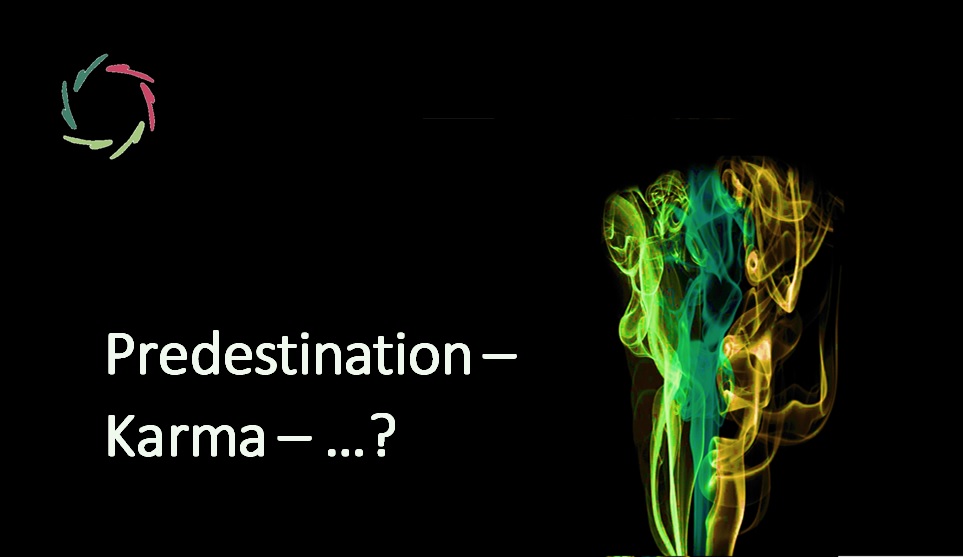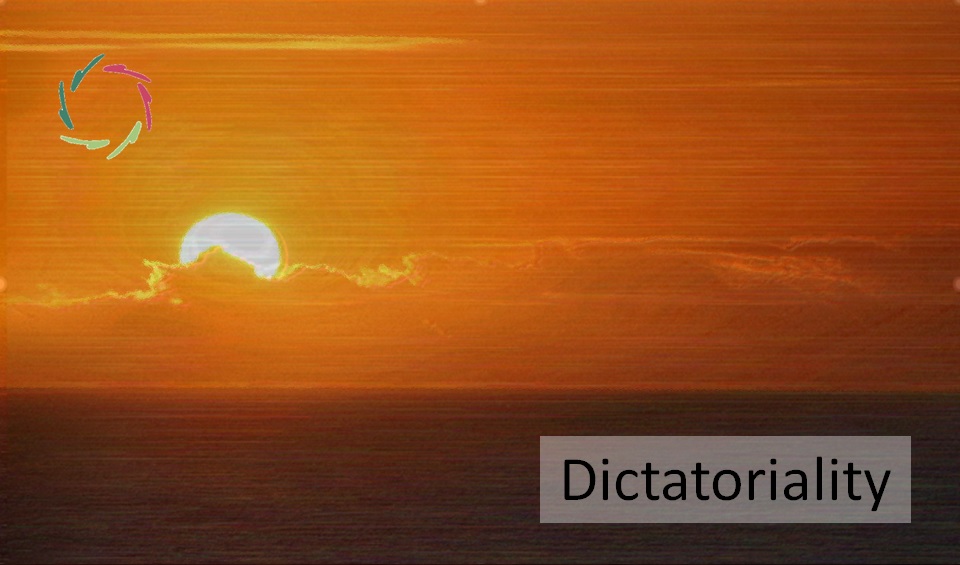The Way Out of Societal Inner Dissociation

Strategies for addressing and healing Societal Inner Dissociation (SID) need to be explored at both the cultural and individual levels, offering a path toward greater integration and cohesion in society.
This blog explores how positive changes at the cultural and individual levels can reinforce each other. This is part of the *SID* series exploring SID and its implications for modern life. Please read the primary blog of this series for a basic understanding of Societal Inner Dissociation (SID).
Individually: healing from within
SID begins with the inner dissociation of individuals, where people become disconnected from their deeper selves — their emotions, values, and true desires. Healing SID on a societal level requires individuals to undertake a journey of personal integration and self-awareness. This way also, they can take personal responsibility for their role in society’s broader dissociation. This involves recognizing how their actions, thoughts, and behaviors contribute to SID and making conscious choices that promote integration.
The first step in addressing SID is fostering deep self-awareness with practices that help individuals reconnect with their deeper, non-conscious layers. By understanding and integrating these layers, individuals can align their actions and decisions with their true values, reducing inner conflict and dissociation. A critical aspect involves integrating the ‘shadow self’ — the parts of our personality that we often deny or suppress. Moreover, many individuals carry unresolved emotional traumas that contribute to their dissociation. Healing these wounds is essential for overcoming SID.
Culturally: creating an environment for integration
While individual transformation is crucial, it must be supported by cultural changes that foster integration. One of the most effective ways to reduce SID is through deep dialogue — conversations that go beyond surface-level discussions and address the underlying values, fears, and aspirations of different groups. By fostering environments where such dialogues can take place, societies can bridge divides, reduce polarization, and promote a sense of shared understanding.
Education systems play a crucial role. By shifting the focus to critical thinking, emotional intelligence, and self-awareness, education can help future generations grow up with a more integrated sense of self and a deeper connection to their society. Teaching history, philosophy, and ethics in ways that encourage students to explore their values and the broader societal context can also reduce dissociation.
Societies can embark on a ‘cultural renaissance’ that values depth, meaning, and connection over superficiality and division. This involves promoting art, literature, and other cultural expressions that encourage reflection and exploration of the human condition.
Lastly, by fostering community engagement and creating spaces where people can connect meaningfully, societies can help individuals feel more integrated and less isolated.
The interplay between individual and cultural change
The relationship between individual and cultural approaches to SID is synergistic. As individuals heal and become more integrated, they contribute to creating a more cohesive society. Conversely, as societies adopt cultural practices that promote integration, they provide the support and environment individuals need to continue their personal growth.
For example, a person who engages in deep dialogue within their community may feel more connected and supported, which in turn encourages further personal integration. This individual’s growth then contributes to the community’s overall cohesion, creating a virtuous cycle.
Leadership plays a crucial role in bridging individual and cultural approaches. Leaders who understand the importance of aligning their actions with deeper values can guide societies toward practices and policies that promote SID healing on both levels.
All together, these approaches can create a positive feedback loop.
If well supported, this may then lead to a more integrated, cohesive, and resilient society. Even on a global scale, this can lead to more stable and cooperative international relations. As nations adopt practices that reduce internal dissociation, they are likely to interact with other nations in ways that promote peace, understanding, and shared goals rather than conflict and division.
Making the world a better place? We know how to.


